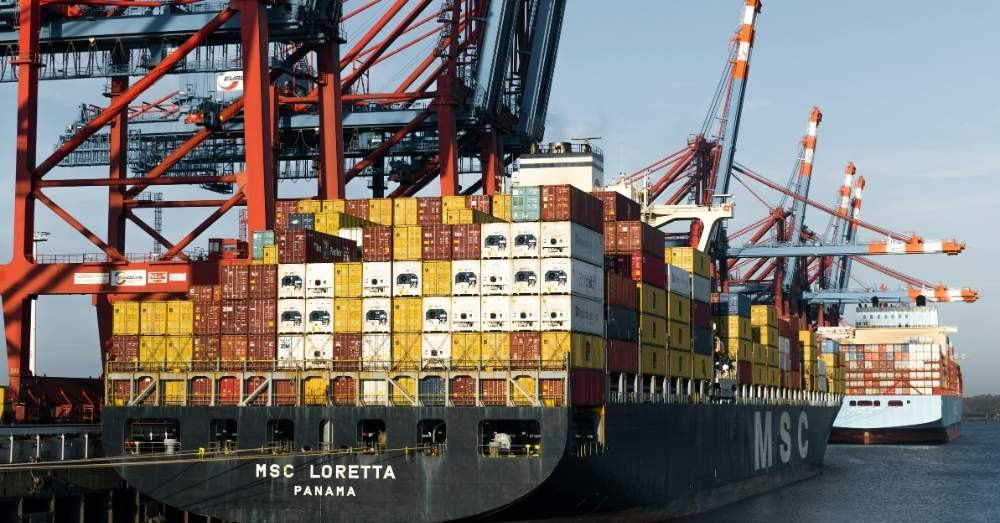Table of Contents
Key Takeaways
✔ Drayage moves containers short distances between ports, warehouses, or rail terminals.
✔ Drayage keeps port-to-warehouse operations efficient by reducing congestion and delays.
✔ Drayage boosts logistics efficiency through faster transport and better visibility.
✔ Goods reach warehouses and stores through unloading, drayage, storage, and delivery.
✔ Drayage connects logistics and warehousing for smooth, timely cargo flow.
Drayage services play a critical role in connecting maritime shipping with inland logistics. Once cargo is unloaded at the port, drayage ensures containers move quickly and efficiently to nearby warehouses, rail yards, or distribution centers.
This step prevents congestion, reduces delays, and keeps supply chains running on time. It’s the essential link that bridges ocean freight and warehouse operations, helping businesses maintain consistent cargo flow and faster delivery cycles.
Here are the key ways drayage services streamline port-to-warehouse operations.
What Is Drayage? (Understanding the Term “Drayage Meaning”)
To understand how drayage services work, it helps to first ask—what is drayage? The term refers to the short-distance transport of shipping containers, usually from a port drayage to a nearby warehouse, rail terminal, or distribution center.
It’s a small but vital step that connects sea freight with inland logistics. The drayage meaning dates back to horse-drawn carts called “drays,” and though modern drayage now relies on trucks, its purpose is the same—moving cargo short distances quickly and efficiently.
Today, drayage services include intermodal (truck-to-train), pier (port-to-warehouse), and expedited drayage for urgent shipments. Unlike long-haul trucking, drayage focuses on speed, precision, and coordination between ports and warehouses.
According to Technavio, the global drayage services market is expected to grow by USD 2.46 billion between 2025 and 2029, at a CAGR of 1.8%, fueled by expanding manufacturing and the fast-growing e-commerce sector.
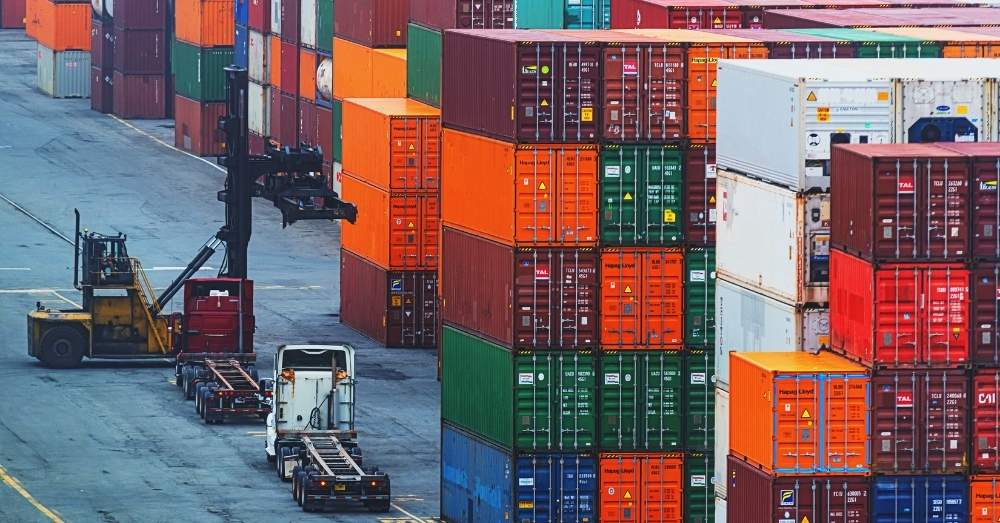
How Drayage Streamlines Port-to-Warehouse Operations
Drayage is the first critical step once cargo is unloaded from ships. It connects maritime transport with warehousing and distribution, ensuring goods don’t sit idle at busy ports. The following points show how this specialized service streamlines port-to-warehouse operations and improves overall logistics efficiency.
1. Speed and Efficiency
Drayage services specialize in moving containers quickly from the port to their next destination. These short trips make the process fast and efficient, preventing delays that can slow down the entire supply chain. By reducing the time containers spend sitting at the port, drayage helps keep ships on schedule and products flowing smoothly into warehouses.
2. Reduced Port Congestion
Busy ports can become crowded when containers aren’t picked up promptly. Drayage helps reduce congestion by clearing containers from terminals as soon as possible. This creates space for new cargo arrivals, helping ports operate efficiently and avoiding costly backups.
3. Technology Integration
Modern drayage services use advanced technology like GPS and IoT devices to track shipments in real time. These systems allow companies to know exactly where their containers are and when they’ll arrive.
Integration with Transportation Management Systems (TMS) and Warehouse Management Systems (WMS) aligns trucking, port, and warehouse schedules. As core tools in supply chain execution, full WMS–TMS integration enables seamless coordination and efficient management across the entire logistics network.
4. Cost Savings
When containers stay too long at the port, companies can face fees known as demurrage and detention. Efficient drayage services minimize these costs by moving containers quickly, avoiding extra charges. Route optimization and shipment consolidation also help reduce fuel expenses and labor costs, making the process more affordable.
5. Proactive Appointment Management
Many ports require scheduled appointments for container pickup. Drayage providers handle this process proactively, managing port appointments, avoiding missed windows, and reducing waiting times. This prevents unnecessary delays and keeps transportation running smoothly.
6. Faster Inventory Availability
Once containers reach the warehouse, drayage ensures they are unloaded and processed quickly. This means products get added to inventory sooner and become available for customers faster. Businesses benefit from better inventory turnover and improved supply chain responsiveness.
7. Consolidation and Optimization
Drayage companies often consolidate shipments to save time and resources. By combining multiple containers for delivery or pickup, they reduce the number of trips needed, saving fuel and minimizing traffic impact. Optimized routes also lower emissions and help companies meet sustainability goals.
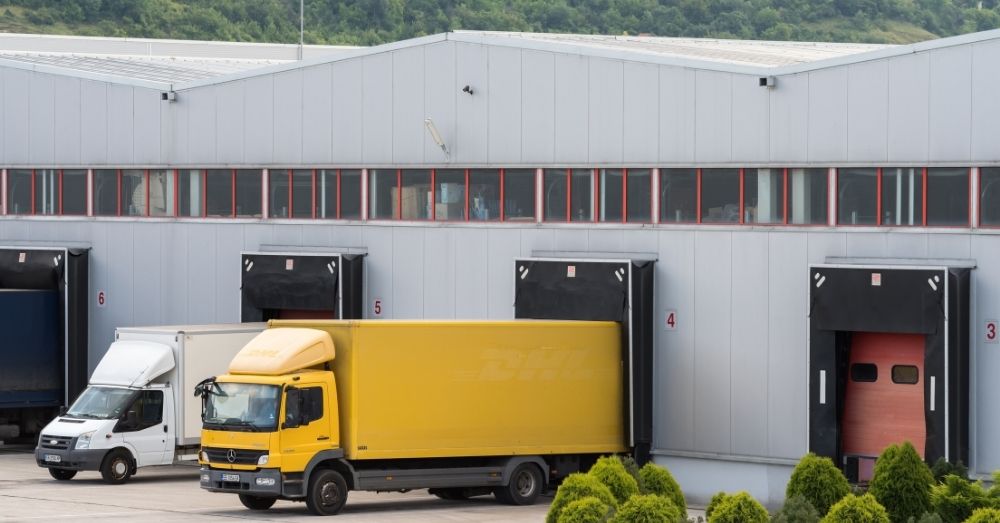
In What Ways Does Drayage Improve the Efficiency of the Logistics Process?
Drayage plays an important role in improving logistics efficiency at multiple levels. It helps reduce delays, enhances visibility, and keeps goods moving consistently.
By minimizing port dwell time, drayage services prevent cargo backups and allow containers to reach warehouses faster. Real-time tracking provides visibility into shipment status, improving communication between shippers, carriers, and warehouse teams.
Optimized scheduling means fewer idle trucks and shorter waiting times. This coordination keeps operations smooth and cost-effective. In addition, drayage supports sustainability goals by reducing unnecessary trips and optimizing routes, lowering emissions in high-traffic port drayage
areas.
Reliable drayage also strengthens customer satisfaction. When goods arrive at warehouses or stores on time, retailers can restock faster, and customers get their products without delays. For businesses, this consistency builds trust and reliability across the supply chain.
How Are Goods Transported From Ports to Warehouses and Retail Stores?
After ships dock, containers move through several key steps before reaching warehouses, stores, or customers.
- Unload and Clear Cargo: Containers are lifted off ships and cleared through customs to verify documents and duties.
- Transport Containers from Ports: Drayage trucks carry containers from the port to nearby warehouses or rail terminals for sorting.
- Store and Organize at Warehouses: Goods are checked, stored, and prepared for further transport or immediate distribution.
- Move Freight Long Distances: Rail or long-haul trucks transport products to other cities, regions, or major distribution hubs.
- Sort and Prepare at Distribution Centers: Products are labeled, repacked, and organized for delivery to retailers or customers.
- Deliver to Retail Stores or Customers: Trucks complete the final leg of the trip, bringing goods to shelves or doorsteps.
- Connect Supply Chain Through Drayage: Drayage links ports, warehouses, and carriers, keeping cargo flowing efficiently from ship to shelf.
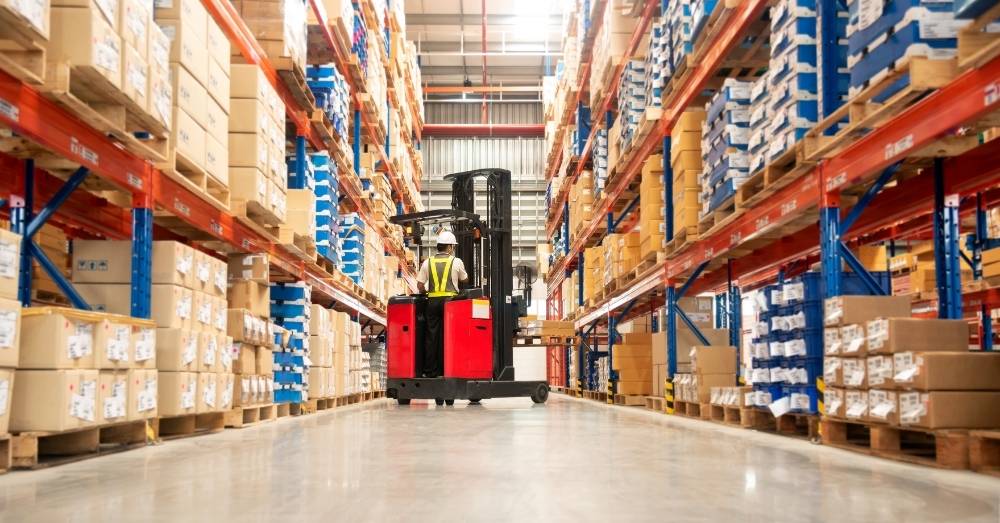
How Are Logistics and Warehousing Connected?
Logistics and warehousing are closely linked through drayage. Once containers arrive at the port, they need to be moved efficiently to storage or distribution facilities. This is where drayage services make the connection seamless.
Drayage ensures goods are delivered to the right warehouse at the right time. By coordinating with warehouse management systems, these services help schedule inbound deliveries, prevent overcrowding, and allow staff to prepare for incoming cargo.
Inside the warehouse, the efficiency gained from fast drayage translates into faster sorting, processing, and shipping. This synchronization helps maintain accurate inventory levels and improves overall supply chain performance.
For many companies, port drayage is about coordination, visibility, and timing. When drayage and warehousing work together, goods flow efficiently from ship to shelf, minimizing disruptions and keeping customers satisfied.
Frequently Asked Questions
What types of containers are used in drayage?
Drayage typically moves standard shipping containers, including 20-foot, 40-foot, and 45-foot units. Some shipments may also involve refrigerated or specialized containers for temperature-sensitive or oversized goods.
What causes drayage delays?
Delays often happen due to port congestion, appointment scheduling issues, or customs clearance holdups. Weather conditions, driver availability, and mechanical problems can also slow operations.
Can drayage be part of intermodal shipping?
Yes, drayage is a key part of intermodal transport. It connects different modes, like ships, trains, and trucks, ensuring containers move smoothly between each leg of the journey.
How do technology systems help in drayage?
Technology such as GPS tracking, electronic documentation, and scheduling platforms improve visibility and coordination. These tools make it easier to track shipments and reduce idle time at ports and warehouses.
Why is drayage important for e-commerce logistics?
E-commerce depends on fast and reliable supply chains, and drayage keeps inventory flowing from ports to warehouses. By speeding up container movement, it helps retailers restock products quickly and meet customer expectations.
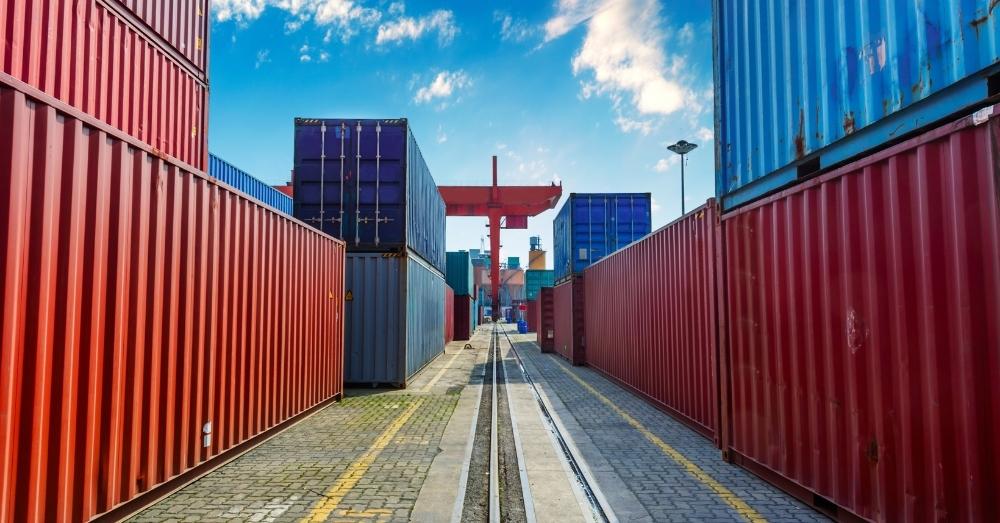
Enhance Port-to-Warehouse Logistics with Reliable Drayage Solutions in New York City!
Improve cargo movement across New York City with dependable, efficient, and fully compliant drayage services. Drayage Company By Best coordinates port pickups, warehouse deliveries, and container transfers with precision to keep operations on schedule. Each terminal and route in New York City is managed with local expertise, ensuring faster turnaround times and reduced congestion. Trusted drayage support across New York City helps maintain a smooth, cost-effective supply chain from port to warehouse.
Contact the team today to schedule professional drayage services.
